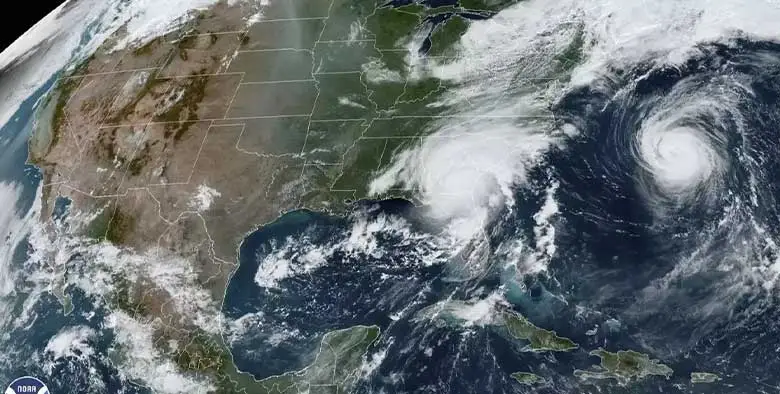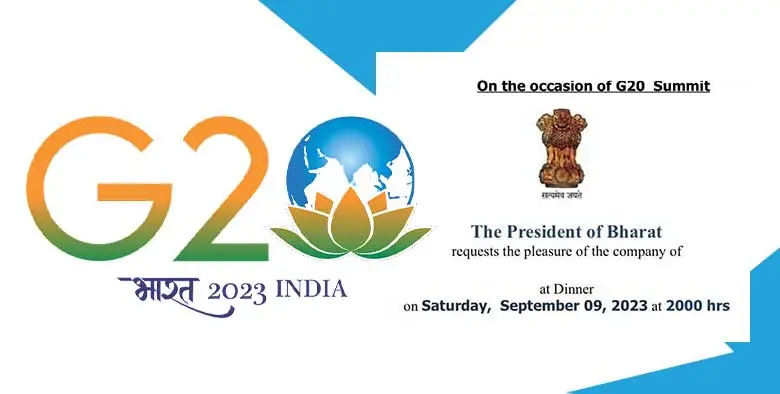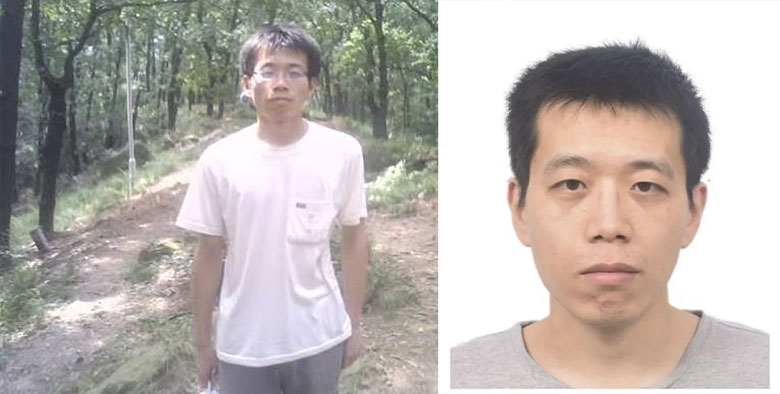- Know Everything About Nipah Virus, Which Is Back In Kerala Again
- Kevin Porter Jr Arrested On His Girlfriend’s Assault Charge
- Market Change Overnight - Know The 8 Things That Did It
- Who Are Alba Baptista And Chris Evans Married On The Weekend?
- Disrupted India vs Pakistan Asia Cup 2023 Match on Reserve Day
- 10 Common Foods That Contain No Calories or Are Very Low in Calories
- Men’s Styling Tips - Know the 9 Common Style Mistakes to Avoid
- Coco Gauff Beats Karoline Muchova and Reaches the US Open Final
- Danny Masterson Gets Life Sentence of 30 Years for Two Rapes
- Experience A Splendid Vacation in Kashmir with These 15 Gorgeous Sights
- India
- Saturday , July 27, 2024
- Last Published Sep 12, 2023, 6:48:32 PM

Meet Mount Everest: The World’s Tallest Frozen Cemetery Of Human Waste
Standing tall at 8,849 m above sea level, Mount Everest, the world's highest mountain, was first scaled by Sir Edmund Hillary and Tenzing Norgay in the year 1953. Since then, many people across the world have attempted to stand atop the world's highest mountain; some have managed to scale it, some have failed, and some have even died during the journey. Well, it's a proud feeling to climb Everest, but what we generally ignore is that climbers, while on their journey, leave waste, transforming the once pristine peak into a frozen cemetery of human waste.
Since it's impossible to know how much litter is over Everest as it can only be seen when the snow melts (which rarely does!). However, at camp 2, Sherpas, who have worked on the government's clean up drive, believes that around 17,637 pounds of human excrement were left during the 2019 climbing season as per the reports by the Associated Press. Human waste is detrimental to the health of people living at the base camp who use melted snow as drinking water. As more and more climbers are attempting to stand atop Mount Everest, the human trash and pollution at the peak are increasing every year.
When Hillary and Norgay climbed Mount Everest, it was an oxygen-deprived white desert, cut to around 68 years later; Mount Everest is known as the 'world's highest garbage dump'. There is still no definite answer to the amount of waste at Everest, but litter is spilling out of glaciers, and camps are overflowing with heaps of human waste, so it's safe to say that - Mount Everest is filled with tons of garbage! Well, another phenomenon that is revealing the truth that has been hidden for decades is climate change, which is causing the snow to melt at a rapid rate while slowly exposing the trash that Everest holds.
 [gallery columns="2" size="full" ids="http://localhost/attwp_20_02_2023/wp-content/uploads/2021/08/2.jpg|,http://localhost/attwp_20_02_2023/wp-content/uploads/2021/08/3.jpg|,http://localhost/attwp_20_02_2023/wp-content/uploads/2021/08/4.jpg|,http://localhost/attwp_20_02_2023/wp-content/uploads/2021/08/5.jpg|"]
In the Tibetan language, Mount Everest is called 'Chomolungma', which means 'goddess mother of the world'. Everest is considered a sacred place by the Sherpa people, but hordes of climbers and poor waste management have transformed it into a polluted mess. A Sherpa who alone has brought down some 20,000 kgs of garbage since 2008 said: "It took us an hour to dig out just one tent out of the frozen ice and bring it down,"
[gallery columns="2" size="full" ids="http://localhost/attwp_20_02_2023/wp-content/uploads/2021/08/2.jpg|,http://localhost/attwp_20_02_2023/wp-content/uploads/2021/08/3.jpg|,http://localhost/attwp_20_02_2023/wp-content/uploads/2021/08/4.jpg|,http://localhost/attwp_20_02_2023/wp-content/uploads/2021/08/5.jpg|"]
In the Tibetan language, Mount Everest is called 'Chomolungma', which means 'goddess mother of the world'. Everest is considered a sacred place by the Sherpa people, but hordes of climbers and poor waste management have transformed it into a polluted mess. A Sherpa who alone has brought down some 20,000 kgs of garbage since 2008 said: "It took us an hour to dig out just one tent out of the frozen ice and bring it down,"












